Introduction
Anhua dark tea, a prized fermented tea originating from China’s Hunan Province, has captivated tea enthusiasts worldwide with its robust flavor, earthy aroma, and purported health benefits. Central to unlocking its full potential is understanding the nuanced balance of brewing time—a factor that transforms simple leaves into a complex, invigorating brew. This article delves into the science and tradition behind steeping Anhua dark tea, exploring how duration influences taste, texture, and therapeutic qualities. Whether you’re a seasoned connoisseur or a curious newcomer, mastering the optimal brewing time will elevate your tea ritual to new heights.
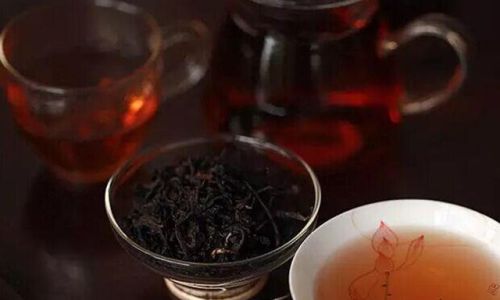
The Essence of Anhua Dark Tea
Anhua dark tea, classified as a post-fermented tea, undergoes a unique aging process involving microbial fermentation, which imparts its signature deep flavor and dark hue. Unlike green or oolong teas, which are minimally oxidized, Anhua dark tea is intentionally aged for months or even years, resulting in a rich, mellow taste with hints of malt, wood, and faint sweetness. Its production involves several stages: withering, rolling, fermentation, and drying, followed by a lengthy aging period in controlled environments. This meticulous process not only enhances flavor but also increases the tea’s stability, allowing it to retain quality over decades.
The tea’s robust character makes it a popular choice for extended brewing sessions, as its leaves withstand multiple infusions without losing complexity. However, achieving the ideal balance between astringency and smoothness hinges on precise steeping times—a skill that blends culinary artistry with cultural tradition.
Factors Influencing Brewing Time
Brewing Anhua dark tea is not a one-size-fits-all process. Several variables interact to determine the optimal duration, including tea quality, water temperature, tea-to-water ratio, and personal preference. Understanding these factors empowers tea drinkers to customize their experience.
1 Tea Quality and Age
The age of Anhua dark tea significantly impacts brewing time. Younger teas (aged 1–3 years) often require shorter steeping durations (10–30 seconds) to avoid bitterness, as their tannins and caffeine content are more pronounced. Conversely, aged teas (5+ years) benefit from longer infusions (30–60 seconds or more), as their flavors mellow and deepen over time. The type of tea—whether compressed bricks, loose leaves, or hand-twisted cakes—also affects extraction rates. Compressed teas, for example, need slightly longer times to unfurl fully.
2 Water Temperature
Anhua dark tea thrives under high temperatures, typically between 95°C (203°F) and 100°C (212°F). Boiling water accelerates the extraction of flavors and compounds, making it essential for older, tightly compressed teas. However, using water that’s too hot for delicate young teas may result in an overly bitter brew. Preheating the teapot or gaiwan ensures consistent temperature control.
3 Tea-to-Water Ratio
The ratio of tea leaves to water dictates steeping efficiency. A standard guideline is 1 gram of tea per 20–50 milliliters of water, depending on desired strength. For example, 5 grams of tea paired with 150 ml of water may require 15–20 seconds for the first infusion, increasing by 5–10 seconds with each subsequent brew. Adjusting this ratio allows for experimentation—more leaves yield bolder flavors, while fewer leaves produce a lighter, subtler cup.
4 Personal Preference
Taste is subjective, and brewing time should align with individual preferences. Some drinkers enjoy the bold, slightly astringent kick of a short steep, while others prefer the velvety smoothness of a longer extraction. Beginners may start with shorter durations, gradually extending time to discover their ideal profile.
Step-by-Step Brewing Guide
Achieving the perfect cup of Anhua dark tea requires patience and attention to detail. Follow this structured approach to refine your technique:
1 Preparing the Tea
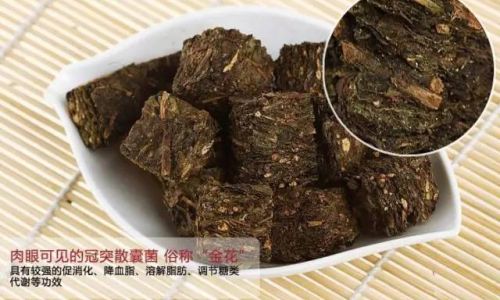
- Tools: Use a clay teapot, gaiwan, or glass infuser to retain heat and enhance flavor. Avoid metal vessels, which may impart unwanted tastes.
- Leaves: Break off 5–8 grams of tea (adjust based on teapot size) and gently loosen any compressed pieces to ensure even extraction.
- Preheat: Rinse the teapot and cups with hot water to maintain temperature stability.
2 First Brew (The “Rinse”)
The initial steep, often discarded, serves to awaken the leaves and cleanse any dust or impurities:
- Pour boiling water over the leaves and immediately pour it out (5–10 seconds).
- This step primes the tea for subsequent infusions, releasing volatile compounds that contribute to aroma.
3 Subsequent Brews
- Second Brew: 10–20 seconds. Observe the liquor’s color—golden amber indicates proper extraction.
- Third Brew: 15–25 seconds. Flavors deepen, with hints of malt and earthiness emerging.
- Fourth Brew Onward: Increase time by 5–10 seconds per infusion. Aged teas may require up to 1 minute for peak flavor.
4 Extended Brews
For multi-hour sessions or shared gatherings, maintain water temperature and adjust steeping times dynamically. Older teas can endure 8–10 infusions, each revealing new layers of complexity.
Common Mistakes to Avoid
Even seasoned tea drinkers may stumble into pitfalls that compromise the brew. Watch for these errors:
1 Overbrewing
Exceeding recommended times extracts excess tannins, resulting in a harsh, biting bitterness. If the tea tastes astringent, reduce steeping duration by 5–10 seconds.
2 Underbrewing
Insufficient time yields weak, watery tea lacking depth. If flavors feel muted, extend the next infusion or increase the tea-to-water ratio.
3 Inconsistent Water Temperature
Fluctuating temperatures disrupt extraction rates. Use a kettle with temperature control or monitor boiling water closely.
4 Ignoring Tea Quality
Low-grade Anhua dark tea may require excessive steeping to mask flaws, often leading to bitterness. Invest in reputable sources to ensure quality.
Health Benefits and Brewing Time
Anhua dark tea is celebrated for its antioxidant-rich profile, including polyphenols, flavonoids, and probiotics that aid digestion. Brewing time influences the release of these compounds:
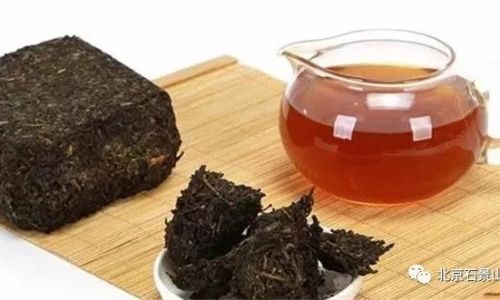
- Short Steeps (10–30 seconds): Preserve delicate antioxidants like catechins, which degrade under prolonged heat.
- Long Steeps (1+ minutes): Extract deeper minerals and polysaccharides, potentially enhancing gut health benefits.
Balancing flavor and nutrition requires compromise—shorter brews prioritize taste, while longer ones maximize therapeutic effects.
Cultural Significance of Brewing Time
In Chinese tea culture, brewing is a meditative act that honors tradition and connection. Anhua dark tea’s history dates back to the Tang Dynasty, when it was traded along the Ancient Tea Horse Road. Monks and merchants alike understood that patience and precision transformed leaves into a communal elixir. Today, the ritual of timing each infusion mirrors this legacy, inviting drinkers to slow down and savor the present.
Advanced Techniques for Enthusiasts
For those seeking mastery, explore these methods:
1 Cold Brewing
Steep Anhua dark tea in cold water for 6–8 hours for a smooth, caffeine-light beverage. This method reduces bitterness and highlights sweet notes.
2 Yixing Clay Pot Aging
Dedicate a Yixing teapot to Anhua dark tea. The porous clay absorbs the tea’s essence over time, enriching future brews with a patina of flavor.
3 Milk Infusion
Add a splash of oat or almond milk during the second brew for a creamy, latte-like texture. Adjust sweetness with honey or dates.
Conclusion
Brewing Anhua dark tea is a dance of intuition and technique, where time becomes both ally and artist. Whether you prefer a brisk 15-second infusion or a leisurely 45-second steep, the key lies in experimentation and mindfulness. As you refine your craft, remember that each cup tells a story—of ancient traditions, patient aging, and the quiet joy of sharing a moment steeped in flavor. So boil the water, measure the leaves, and let time work its magic. Your perfect brew awaits.
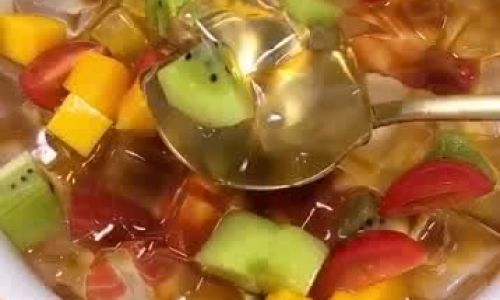
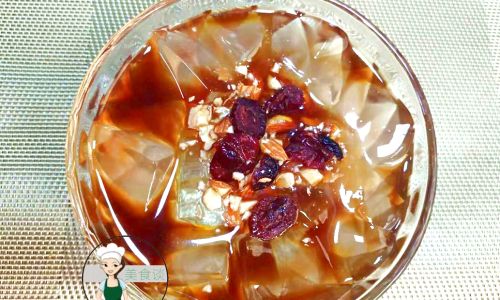
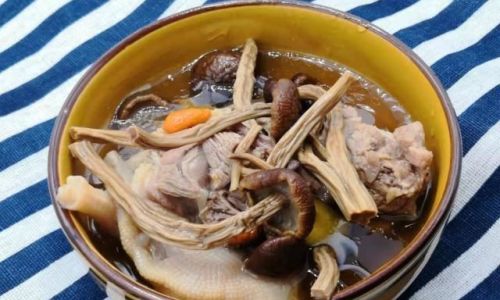
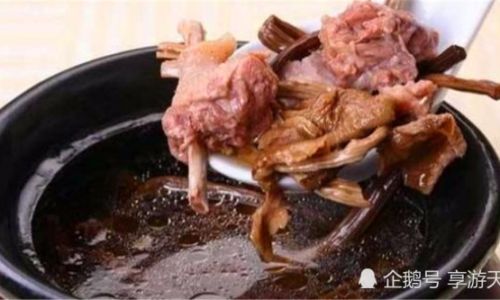
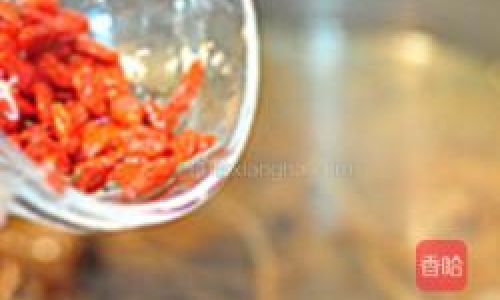
0 comments